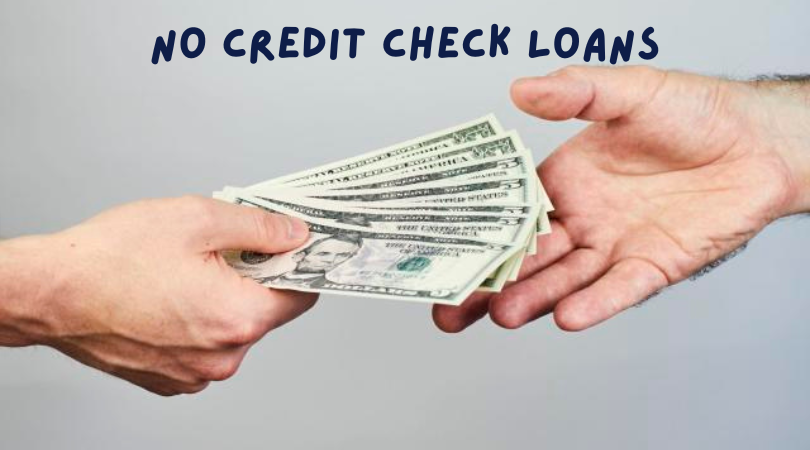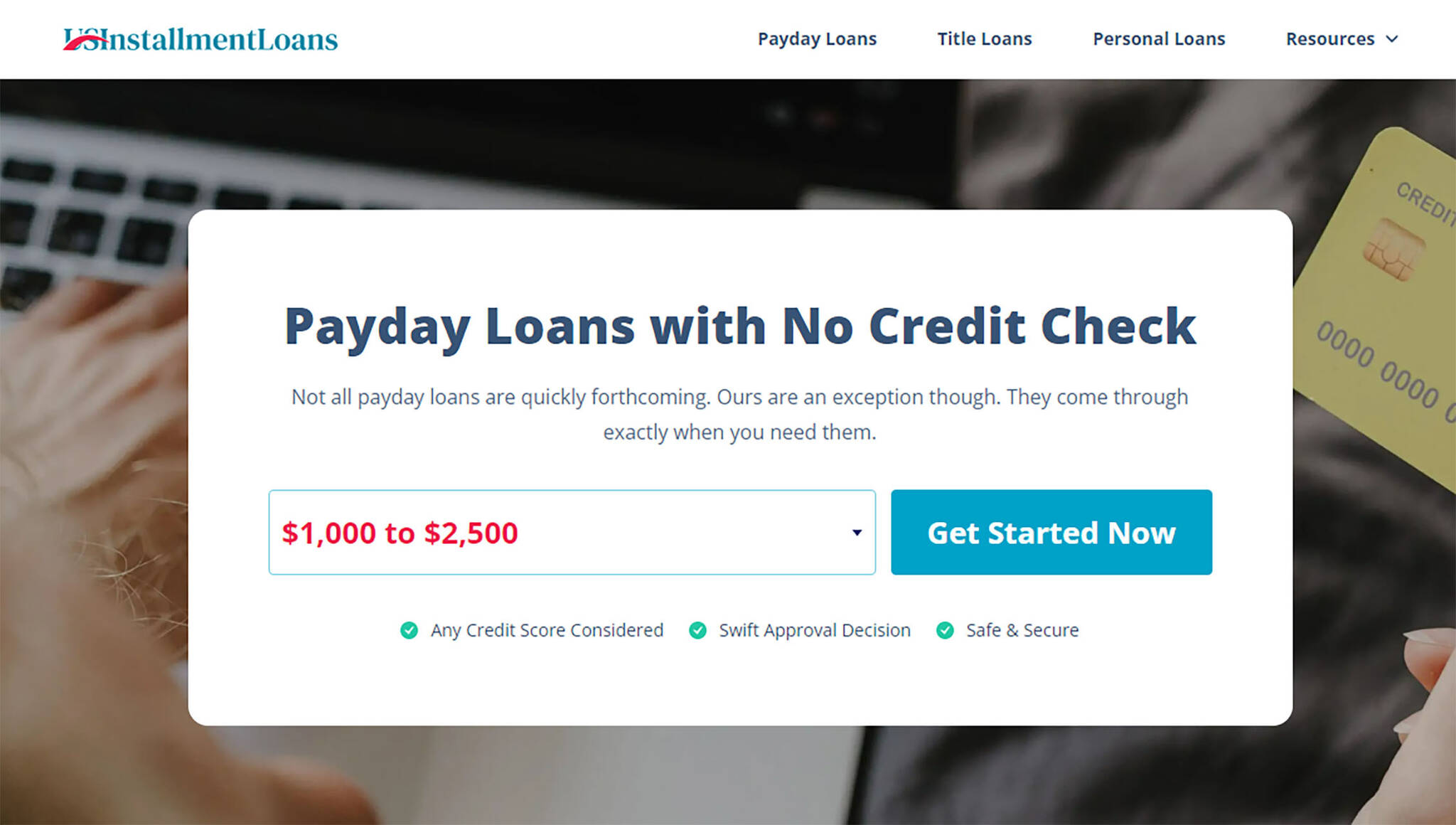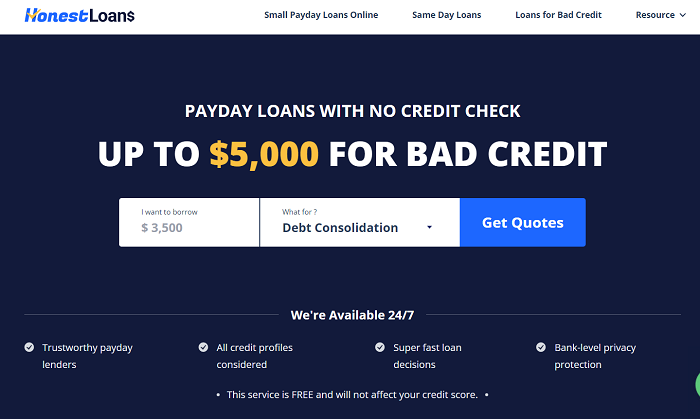$200 Payday Loan No Credit Check

Imagine Sarah, a hardworking single mother, juggling two part-time jobs. A sudden flat tire threatens to derail her meticulously planned schedule. The mechanic quotes $250, a sum she doesn't have readily available. Rent is due next week, and missing work isn't an option. A friend mentions a "$200 Payday Loan No Credit Check," and a flicker of hope ignites within her.
This scenario, familiar to many, highlights the allure and potential pitfalls of payday loans, particularly those advertised with "no credit check." While these loans offer quick access to small amounts of cash, often around $200, their high interest rates and short repayment terms can trap borrowers in a cycle of debt. Understanding the mechanics, risks, and alternatives is crucial for anyone considering this option.
The Appeal of Instant Relief
Payday loans are designed for short-term financial emergencies. The promise of a quick $200 without a credit check is incredibly attractive to individuals with limited access to traditional credit. These loans are typically offered by online lenders and storefront operations, often with minimal application requirements.
The ease of access is a major selling point. Applicants often need only provide proof of income, a bank account, and identification. The loan amount, plus fees and interest, is usually due on the borrower's next payday.
The Underlying Mechanics
Unlike traditional loans, payday loans don't rely heavily on credit scores. Instead, lenders focus on the borrower's ability to repay the loan from their next paycheck. This explains the "no credit check" advertisement, though lenders may still perform some form of verification.
However, the convenience comes at a steep price. The Annual Percentage Rate (APR) on a payday loan can range from 300% to over 600%, significantly higher than credit cards or personal loans. This high cost is due to the short repayment period, typically two weeks.
The Debt Trap
The biggest danger of payday loans lies in their potential to create a cycle of debt. Many borrowers find themselves unable to repay the loan in full on their next payday. As reported by the Consumer Financial Protection Bureau (CFPB), a significant percentage of payday loans are re-borrowed multiple times.
When a borrower can't repay, they often roll over the loan, paying only the interest and fees. This effectively extends the loan term, accumulating additional charges. Over time, the cost of the loan can far exceed the original amount borrowed.
Who Uses Payday Loans?
Payday loans are often used by individuals with low incomes, poor credit histories, and limited access to other forms of credit. According to the Pew Charitable Trusts, a disproportionate number of payday loan borrowers are minorities and those living in communities with limited financial resources.
These individuals often turn to payday loans out of necessity, facing unexpected expenses like medical bills, car repairs, or utility bills. While the loans provide immediate relief, they can exacerbate existing financial difficulties in the long run.
Regulation and Oversight
The regulation of payday loans varies by state. Some states have banned payday loans altogether, while others have strict interest rate caps and lending restrictions. The CFPB has also attempted to regulate the industry on a federal level, but these efforts have faced political and legal challenges.
Advocates for stricter regulation argue that payday loans are predatory and exploit vulnerable borrowers. They call for lower interest rates, longer repayment terms, and increased consumer protections. The goal is to ensure that borrowers are not trapped in a cycle of debt.
Alternatives to Payday Loans
Before resorting to a payday loan, it's essential to explore alternative options. These may include borrowing from friends or family, seeking assistance from local charities, or negotiating payment plans with creditors. Credit counseling agencies can also provide valuable guidance and support.
Credit unions and community banks often offer small-dollar loans with more reasonable interest rates and repayment terms. Paycheck advance apps, which allow employees to access a portion of their earned wages before payday, are also gaining popularity as a less expensive alternative.
Building an emergency fund, even a small one, can provide a financial buffer against unexpected expenses. Start by setting aside a small amount each week, and gradually increase the amount as your budget allows. Over time, you'll create a safety net that reduces your reliance on high-cost loans.
The Responsible Approach
If a payday loan seems like the only option, carefully consider the terms and conditions. Understand the interest rate, repayment schedule, and any associated fees. Borrow only what you need, and develop a plan to repay the loan on time.
Avoid rolling over the loan or borrowing additional funds. If you're struggling to repay, contact the lender immediately to discuss possible payment arrangements. Remember, seeking help is a sign of strength, not weakness.
Considering the Ethical Implications
The ethics surrounding payday loans are a subject of ongoing debate. Critics argue that these loans exploit vulnerable individuals and contribute to financial instability. Supporters maintain that payday loans provide a valuable service to those who lack access to traditional credit.
Ultimately, the decision to use a payday loan is a personal one. However, it's crucial to make an informed decision, weighing the benefits against the risks. By understanding the mechanics of payday loans and exploring alternative options, borrowers can protect themselves from the debt trap.
Looking Forward
The future of payday lending remains uncertain. As regulators continue to grapple with the issue, and as new financial technologies emerge, the landscape is likely to evolve. Increased access to affordable credit, coupled with financial education initiatives, may help reduce the demand for high-cost payday loans.
For Sarah, the single mother facing a flat tire, the $200 payday loan might seem like a lifeline. However, understanding the potential consequences and exploring alternatives could lead her to a more sustainable solution, preventing a short-term fix from turning into a long-term financial burden.
The story of Sarah and countless others serves as a reminder that financial literacy and access to affordable credit are essential for building a more equitable and resilient society. It's about empowering individuals to make informed decisions and break free from the cycle of debt.















![$200 Payday Loan No Credit Check 1 Hour Payday Loans No Credit Check | [year] Guide](https://avocadoughtoast.com/wp-content/uploads/2022/02/1-Hour-Payday-Loans-No-Credit-Check.png)


